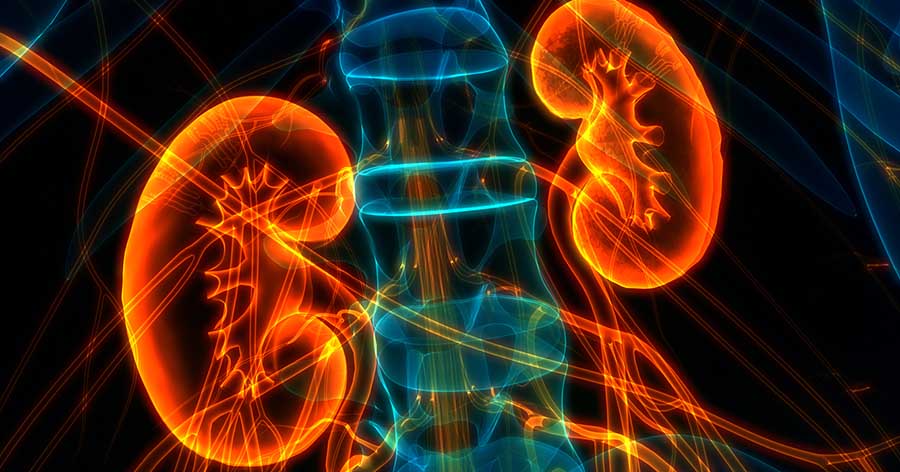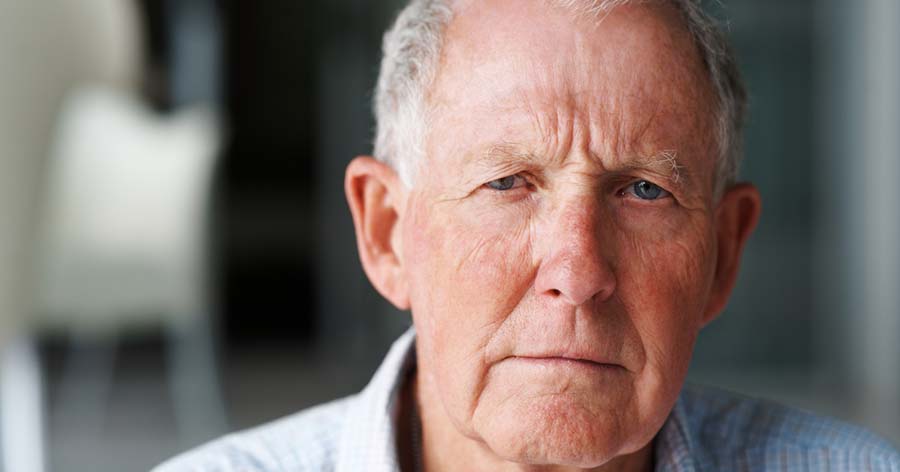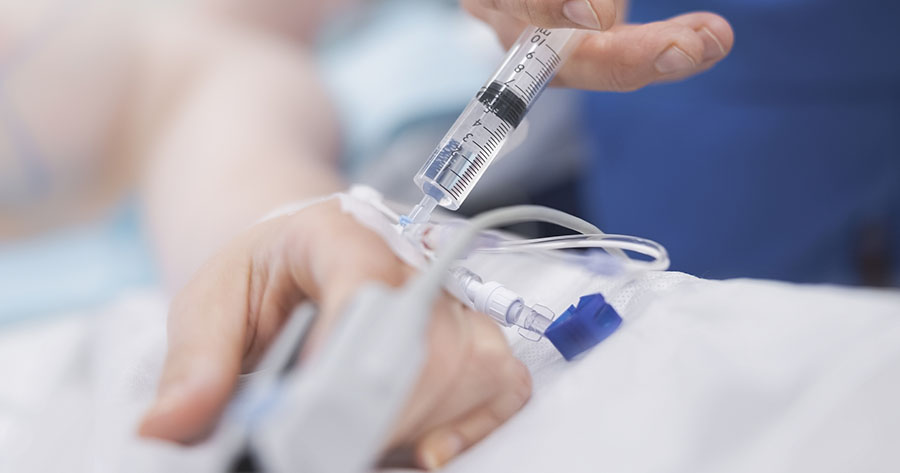Those of us who have worked in diabetes for some time will remember the years when a fun-size Mars bar or a glass of milk was the staple treatment for hypoglycaemia. The insulins used then were different, and soluble insulin always required a back-up snack; otherwise, the person with diabetes would just go hypoglycaemic again. There was no continuous or flash glucose monitoring, or any awareness of insulin on board. Treatment for hypoglycaemia often happened based on symptoms alone, as blood glucose monitors were a luxury and took 2 minutes to give a result.
Move the clock forward and the management of diabetes has been revolutionised. We have newer analogue insulins, insulin pump therapy and sensor-augmented pump therapy, which has the ability to suspend insulin delivery. Despite these improvements, the latest National Paediatric Diabetes Audit of hospital admissions and complications demonstrated that 7% of admissions were due to hypoglycaemia (Royal College of Paediatrics and Child Health, 2017). At particular risk were individuals under 4 years of age, those from deprived backgrounds and those with suboptimal glycaemic control. We must question whether these young people are being empowered to access technology that could help them.
Standard treatment of hypoglycaemia in adults uses the “15 rule” – consume 15 g of glucose and retest in 15 minutes (American Diabetes Association, 2015). In children, International Society for Pediatric and Adolescent Diabetes (ISPAD) advice is to consume 0.3 g of rapidly absorbed glucose per kg of body weight, allowing for more precise treatment without overshooting blood glucose levels (Ly et al, 2014; Abraham et al, 2018). Treatment of hypoglycaemia should increase blood glucose by nearly 3–4 mmol/L. The recommendation is to restore the blood glucose level to 5.6 mmol/L. This point has been an area of contention for many diabetes teams, but this level of 5.6 mmol/L should help restore cognitive functioning by reversing the effects of neuroglycopenia. A back-up snack containing complex carbohydrate is only required if exercising, or if a meal or snack is not due for over 1 hour (NICE, 2015). The size of this snack, if required, is important, and individual advice should be provided by a specialist team, as it could require a small dose of insulin if excessive in size. Those on insulin pump therapy should not require a snack but this is dependent on the level of insulin on board.
Defining hypoglycaemia
Hypoglycaemia has different signs and symptoms. As blood glucose falls, the initial symptoms result from activation of the autonomic nervous system (adrenaline response) and include shakiness, sweating, pallor and palpitation. In individuals without diabetes, these symptoms occur at a blood glucose level of approximately 3.9 mmol/L in children and 3.2 mmol/L in adults. Subsequent neuroglycopenic symptoms result from brain glucose deprivation and include headache, difficulty concentrating, blurred vision, difficulty hearing, slurred speech and confusion. Some young children also demonstrate difficult behaviour, which is a result of both types of symptoms along with their inability to verbalise what they are experiencing.
However, the hypoglycaemic threshold in individuals with diabetes will depend on their glycaemic control (Ameil et al, 1988), and the more time an individual spends in the hypoglycaemic range then the greater the likelihood that severe hypoglycaemia will occur (Abraham et al, 2018). This is due to loss of the autonomic counter-regulatory response from hormones like glucagon, epinephrine and norepinephrine. Glucagon response is generally lost within 1–5 years of type 1 diabetes diagnosis (Arbelaez et al, 2014), so the epinephrine response is important in these individuals. Loss of hypoglycaemic awareness can occur in up to 25% of children and young people (Graveling and Frier, 2010).
It is therefore difficult to assign a numerical value to hypoglycaemia. Nonetheless, it is important to identify and record a level of hypoglycaemia that needs to be avoided because of the immediate and long-term danger hypoglycaemia poses to the individual. The International Hypoglycaemia Study Group has proposed the levels in Table 1, and this is being harmonised into the new ISPAD guidelines for the management of hypoglycaemia (Abraham et al, 2018). Readers should note that a blood glucose level of <3.0 mmol/L is defined as clinically important or serious hypoglycaemia, which should be recorded in routine clinical practice.

Does this shift in definition adjust our clinical practice? Well, my response is that it depends on what treatment your individual is using. It is possible on sensor-augmented pump therapy to prevent clinically significant hypoglycaemia, but only with excellent education in its use and a family who are adept at manipulating insulin, food and exercise management. It is also possible to successfully “sugar surf” on multiple daily injections, with the correct education (Ponder and McMahon, 2015). It is therefore extremely important that all our families and young people receive individualised education and access to a 24-hour helpline to enable them to troubleshoot and problem-solve (NICE, 2015). Teaching them all a basic dose-decision principle, as follows, can help prevent recurring problems including hypoglycaemia:
- Look back: What has happened before this blood glucose reading that could have caused this level?
- Look where you are now: Do you need to take action now?
- Look where you are going: What are you planning to do?
These principles should be embedded into our teachings to help develop self-care skills.
Fear of hypoglycaemia can be a barrier to taking part in exercise for young people, and parents know that a busy day with their child can result in them having no sleep. It is therefore extremely important to provide individualised exercise advice. Other external barriers may also be present; in this issue of the journal, Jennie Brown and I consider other professionals who were proving to be a barrier to gym attendance, and we describe how this was overcome in our area.
We must not underestimate the fear of hypoglycaemia, especially nocturnal hypoglycaemia, in both young people with diabetes and their families. We therefore must give them the skills to manage diabetes dynamically. If they are using continuous or flash glucose monitoring, ask whether they know how to interpret the trend arrows. A blood glucose level of 4.5 mmol/L with three downward arrows will require some action within 20 minutes to prevent clinically significant hypoglycaemia, whereas a level of 4 mmol/L with two upward arrows may just need observation. So, in response to the question “Is 4 still the floor?”, my answer is that 4 mmol/L is an alert threshold that action may need to be taken, and we need to empower children, young people and their families to make dynamic diabetes decisions.





The risk factors and what might be done to address them.
24 Mar 2025